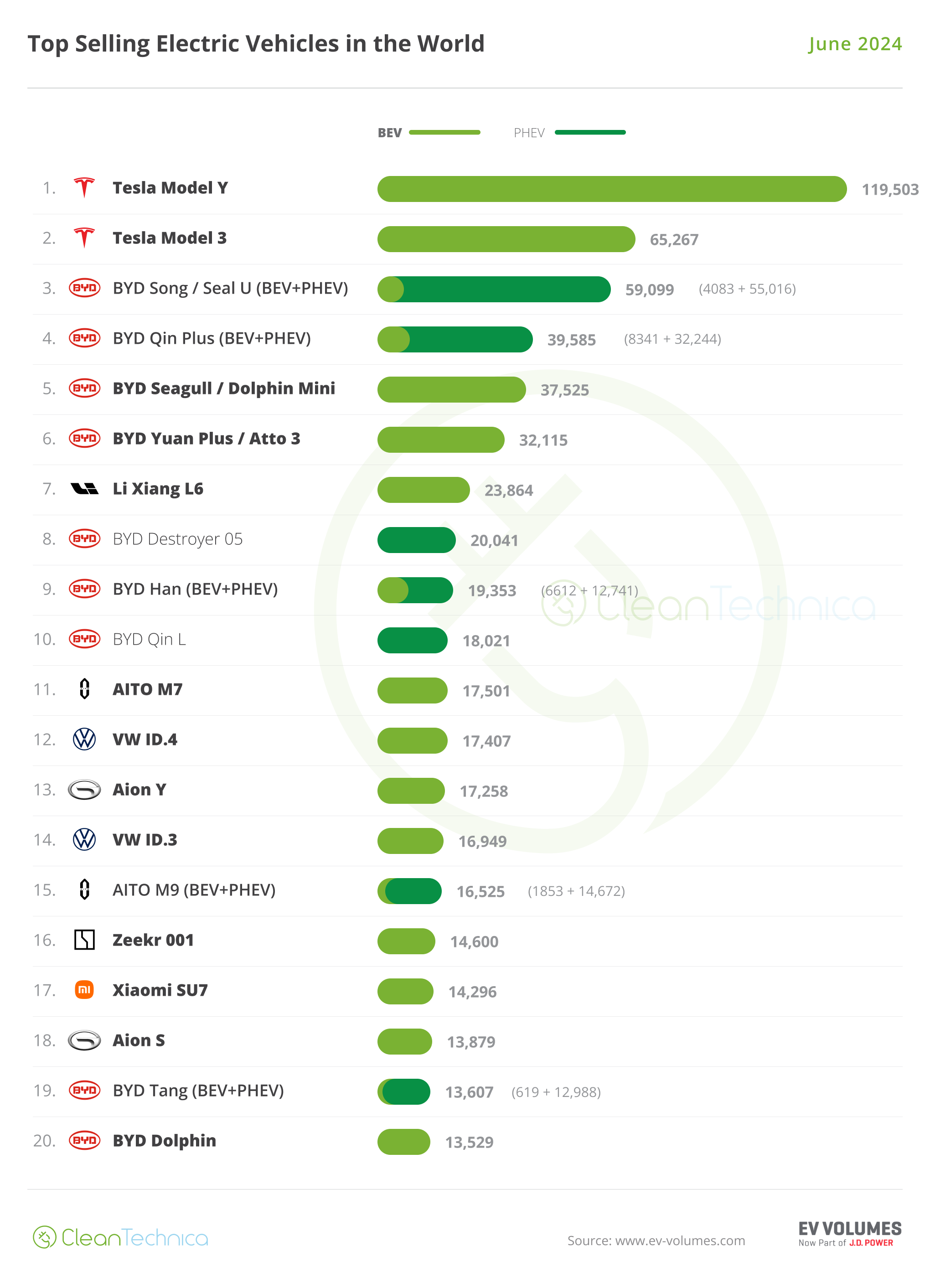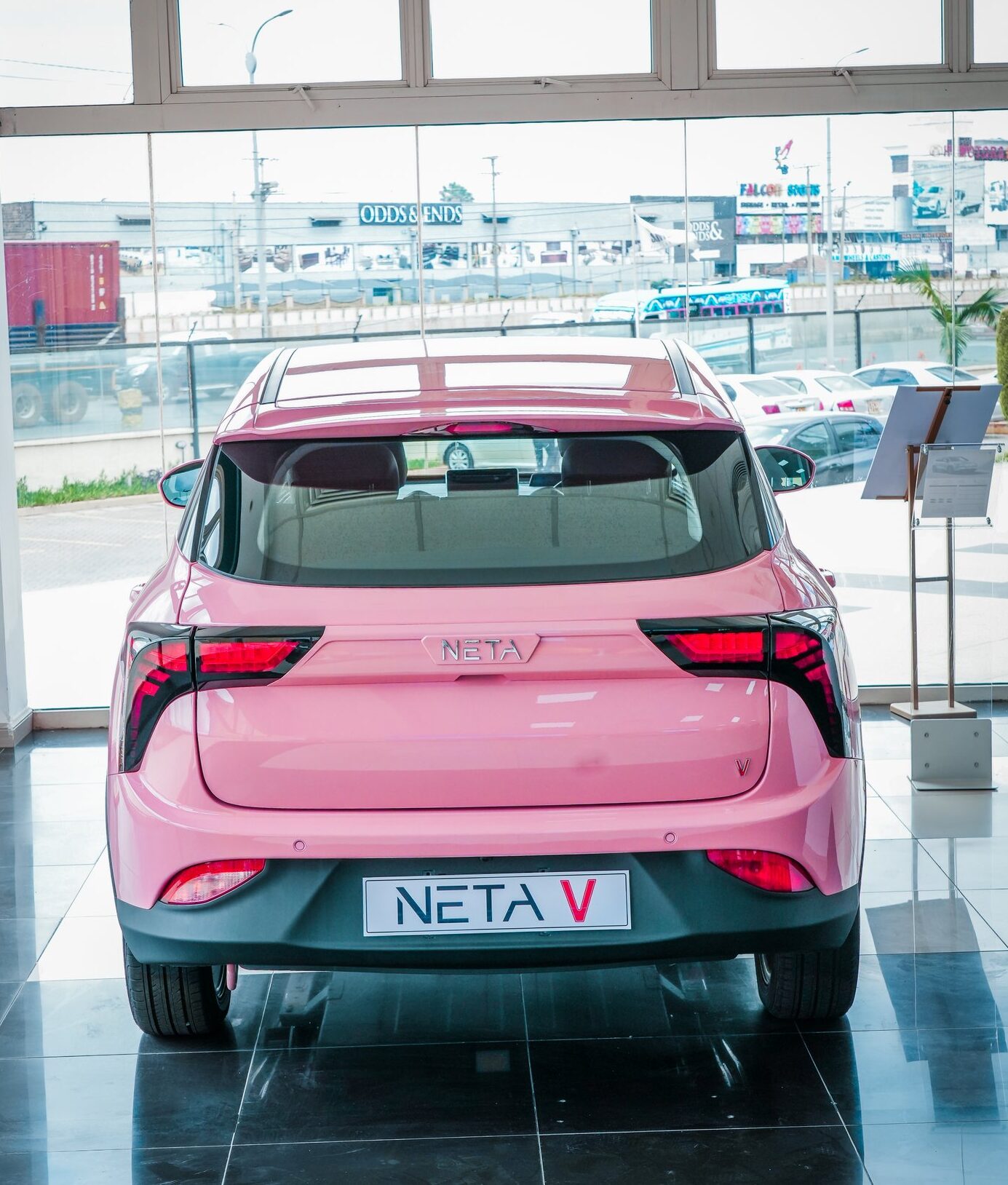Sign up for daily news updates from CleanTechnica on email. Or follow us on Google News!
Making aluminum uses a lot of electricity. The Rio Tinto smelter at Tiwai Point on the south island of New Zealand draws up to 572 megawatts of continuous power, most of which comes from a nearby hydroelectric power station. The smelter is New Zealand’s largest electricity consumer, accounting for about 13 percent of total annual electricity use in the country of 5.1 million people. A new demand response agreement with local green energy suppliers will benefit the company and the surrounding community.
Globally, producing aluminum contributes about 2 percent of carbon dioxide emissions every year according to Canary Media. About 70 percent of those emissions come from generating electricity to run smelters, which use very high heat and electrochemical reactions to transform alumina into a finished product.
The Tiwai Point smelter produces about 330,000 metric tons of aluminum a year, but was scheduled to close in December — a victim of higher costs for electricity. Hydropower is wonderful if there is an abundance of water to spin turbines, but New Zealand has been experiencing drought-like condition for years, which means the supply of hydropower has dwindled at various times during the year. We all know what happens to prices when supplies get tight. Closing the smelter would put about 1,000 people out of work.
Last month, Rio Tinto signed an innovative 20-year power purchase agreement with three New Zealand energy producers. Under the terms of the contract, the companies will provide a “diversified mix” of renewable electricity from hydropower, geothermal, solar, and/or wind power at a price that is guaranteed for the life of the agreement. So far, that is nothing out of the ordinary.
The Demand Response Piece Of The Puzzle
What is unusual is what Rio Tinto brings to the party. The new contracts include innovative demand response provisions that obligate Rio Tinto to reduce its demand for electricity as needed to manage the supply of electricity for all consumers in that part of New Zealand. Most CleanTechnica readers are familiar with the demand response concept. A homeowner might agree to raise the temperature inside by two degrees when the grid is short of power. Other demand response strategies involve turning off electric water heaters or delaying the start time for charging an electric car. If enough people agree to take similar actions, peak demand can be lowered enough to avoid brownouts or interruption of service.
But none of that comes close to the effect of shedding many megawatts of power. Under the contract, Meridian Energy and Contact Energy can call upon the smelter to reduce demand by between 25 MW and 185 MW. “The level of flexible demand offered by [the smelter] will support the electricity system to become even more renewable, while relying less on coal and gas when the hydro lakes are low,” Neal Barclay, Meridian Energy’s CEO, said in a May 31 statement.
The agreement also provides financial incentives for the Tiwai Point smelter to curb its electricity use — and therefore lower its aluminum production — during dry seasons, when the flow of water in nearby lakes decreases the output of the hydroelectric plant. That in turn will free up renewable resources for other parts of the country during seasons of low supply and high demand, reducing the need to ramp up fossil fuel power plants during a drought. In addition, it will ensure there is sufficient electricity available for New Zealand households and businesses when they need it, the companies said.
Demand Response Extends The Life Of A Smelter
Melissa Lott, a professor at Columbia University’s Climate School in New York, has previously studied the Tiwai Point smelter and continues to follow its progress, given the facility’s outsized role in New Zealand’s energy system and broader economy. The 53-year-old smelter has come close to being shuttered several times. The new contracts ensure it will stay open for two more decades.
Lott said the demand response agreement is “big news,” with potentially wider implications for aluminum producers in the United States and globally. “It shows that there’s actually a big tool in your toolbox for an industrial partner” to increase demand flexibility, she told Canary Media. For industrial companies, it says, “If you give us the right financial incentive, or the right contract, we’ll do it.” Such demand response flexibility by major power users “could actually help keep the overall system costs down for consumers, for households, which is really significant,” she added. It also could allow grid operators to better accommodate the influx of variable renewable sources like wind and solar and reduce their reliance on backup power that relies on thermal generation powered by coal or methane gas.
Demand Response In Australia And Iceland
In Australia, Alcoa is participating in a program that can turn one of its smelters into an emergency power source. In 2021, the Australian government said it would provide up to $14.8 million per year for four years to underwrite the company’s participation in the Reliability and Emergency Reserve Trader program. That arrangement recognizes “the smelter’s ability to rapidly shed load when required to help protect the power grid from unexpected interruptions when it is under duress,” Alcoa said at the time.
So far, the company has been called upon “multiple times” to participate in the program, a spokesperson for Alcoa said recently. Participating involves halting production in its potlines — the rows of deep, rectangular, steel shells in which alumina is made into molten aluminum. “We can, if required, take each of the smelter’s two potlines offline for about an hour at a time to reduce load on the network,” the spokesperson said. “Reducing load for longer periods can lead to operational instability and cause damage to the potlines.”
Iceland, which is blessed with an abundance of hydropower, is home to three aluminum smelters that together consume 80 percent of the country’s annual electricity supply. But the infrastructure needed to generate and deliver electricity is currently at full capacity and demand is expected to rise in the next few decades as the economy expands, according to Landsnet, Iceland’s publicly owned transmission system operator. “Today we are producing the same [amount of energy] as we are using, and we don’t have any extra,” Svandís Hlín Karlsdóttir, an executive vice president at Landsnet, said during a recent interview at the company’s office in Reyjkavík. “We need to add something new to be able to meet the demand that is coming.” Iceland is considering building wind and solar farms and expanding its geothermal capacity. At the same time, Landsnet is developing pilot projects with aluminum producers to explore how the giant facilities could help balance the load on the nation’s grid. “We need demand response,” Hlín Karlsdóttir said.
Reducing Industrial Emissions
On paper, curbing aluminum’s emissions seems simple enough. Instead of running smelters with electricity from coal-fired generating stations, simply switch to renewables. But smelters aren’t the only ones clamoring for carbon-free energy. Cities, data center operators, and other manufacturers all want a piece of the pie. For hydropower in particular, widespread droughts are further straining supplies in many countries, including China, the world’s top aluminum producer.
Deals like the one with Alcoa in Australia and with Rio Tinto in New Zealand demonstrate how large industrial companies are becoming increasingly aware of their own role in balancing the larger grid and the potential moneymaking opportunities that can come with that, Chris Bataille, an adjunct research fellow at Columbia University’s Center for Global Energy Policy, told Canary Media. “As wind and solar goes up and down, and as batteries empty and fill in, if they [smelters] can do any amount of demand adjustment to help the grid stabilize, there might be another business value in this for them,” he said. The Tiwai Point agreement represents “a step on the road for New Zealand,” but more still needs to be done to balance the smelter’s extraordinary energy demands with the grid’s broader needs. “The endpoint is to come up with an industry that can raise or lower its demand as necessary, as renewables are available in the system,” he said.
Demand response at the industrial level is an idea that is gaining traction within the industrial sector as a way to manage demand from big power users such as data centers, AI systems, warehouses, and even steel recycling furnaces. Finding ways for smelters to support rather than strain the electrical grid will be crucial as global aluminum production rises in the coming years, driven largely by demand from clean energy industries.
The Takeaway
Here’s the problem. People act as though there is already enough renewable electricity available to meet the needs of everyone, everywhere, all the time. There isn’t, and it will be decades before there is. Also, the infrastructure to move renewable energy from where it is available to where it is needed will take decades to build as well. The good news is that companies like Alcoa and Rio Tinto are starting to think in terms of managing the supply of renewable energy in ways that support the grid rather than straining it to the breaking point. Now we need data centers to do the same thing, as they are approaching the point where they suck up as much electricity as industries like aluminum, steel, and cement.
We can’t all have all the clean power we want. We have to learn to work together collaboratively to make what we have available equitably. Learning to do so will be an important part of managing the climate crisis we humans have caused by refusing to work collaboratively and hogging as much of the pie for ourselves as possible. New ideas like this could pay enormous dividends — if we let them.
Have a tip for CleanTechnica? Want to advertise? Want to suggest a guest for our CleanTech Talk podcast? Contact us here.
Latest CleanTechnica.TV Videos
CleanTechnica uses affiliate links. See our policy here.





